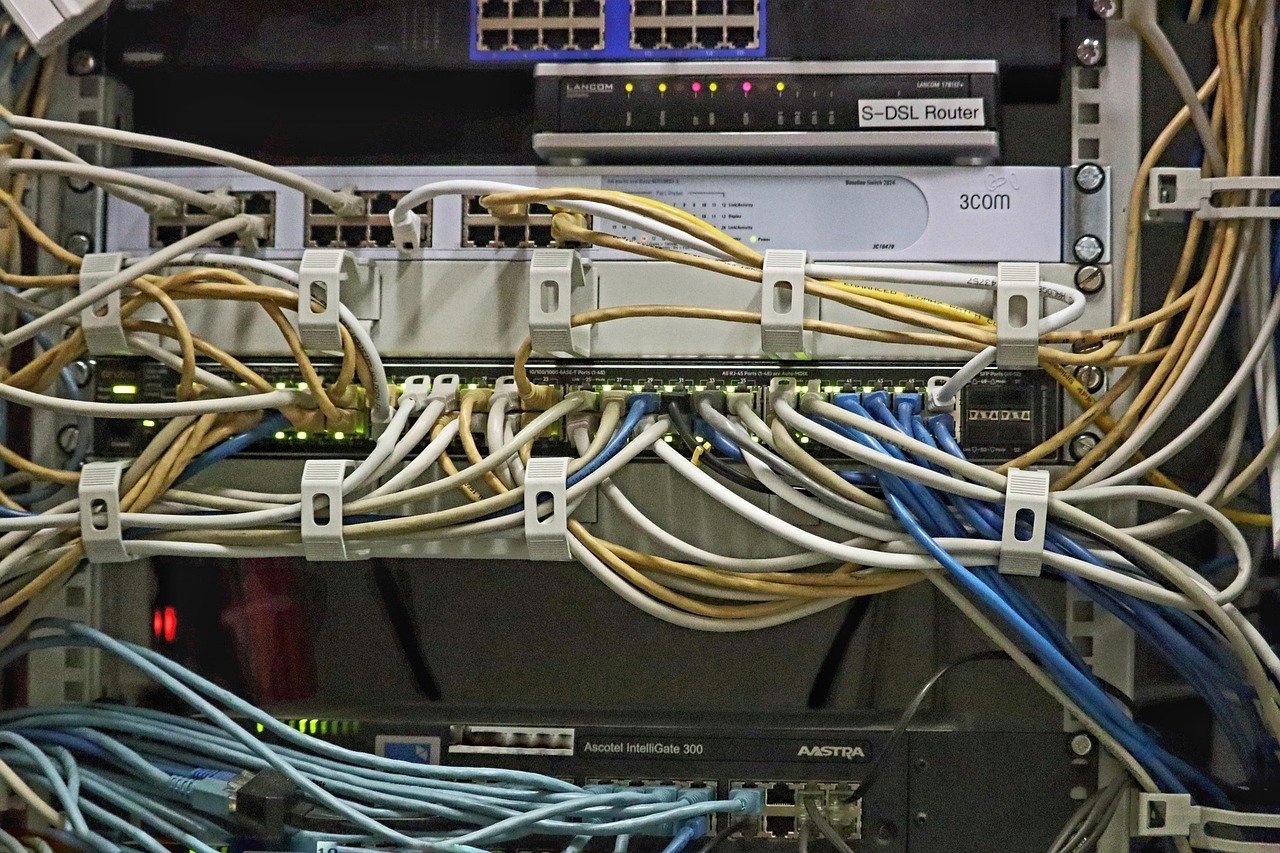Augmented reality (AR) is rapidly transforming how we interact with the world around us. Forget science fiction; AR is already here, enhancing our everyday experiences from shopping to education to healthcare. This blog post will delve into the intricacies of augmented reality, exploring its core concepts, applications, benefits, and future potential. Prepare to discover how AR is blurring the lines between the physical and digital realms, offering a glimpse into the exciting possibilities that lie ahead.
What is Augmented Reality?
Augmented reality superimposes computer-generated images onto a user’s view of the real world, providing a composite view. Unlike virtual reality (VR), which creates a completely immersive digital environment, AR enhances the existing reality. Think of it as adding a layer of digital information to what you already see.
Key Differences Between AR and VR
Understanding the distinction between AR and VR is crucial.
- Augmented Reality (AR):
Enhances the real world.
Overlays digital content onto your existing view.
Requires a device with a camera and display (smartphone, tablet, AR glasses).
Examples: Pokémon GO, Snapchat filters, AR furniture apps.
- Virtual Reality (VR):
Creates a completely immersive digital environment.
Blocks out the real world.
Requires a VR headset.
Examples: VR gaming, virtual tours, simulations.
Core Technologies Behind AR
Several technologies work together to bring augmented reality to life:
- Computer Vision: Enables the device to “see” and understand the real world, identifying objects, surfaces, and environments.
- Sensors: Cameras, accelerometers, gyroscopes, and GPS provide data about the device’s position, orientation, and movement.
- Display Technology: Smartphones, tablets, and AR glasses display the augmented content. Emerging technologies like holographic displays are also playing a role.
- Software Platforms: ARKit (Apple), ARCore (Google), and other platforms provide developers with the tools to create AR applications.
Applications of Augmented Reality Across Industries
AR’s versatility makes it a valuable tool in numerous sectors. Its ability to provide context-aware information and interactive experiences opens up new possibilities for efficiency, engagement, and innovation.
Retail and E-commerce
AR is revolutionizing the shopping experience.
- Virtual Try-On: Customers can virtually “try on” clothes, accessories, or makeup before making a purchase. Sephora’s Virtual Artist app is a prime example.
- Product Visualization: AR apps allow customers to see how furniture would look in their homes before buying it. IKEA Place is a popular example.
- Enhanced In-Store Experiences: AR can be used to provide additional product information, interactive displays, and personalized recommendations within physical stores.
- Example: Using AR, customers can point their smartphone at a bottle of wine in the store and instantly see ratings, reviews, and food pairing suggestions.
Healthcare
AR offers significant potential for improving healthcare delivery and patient outcomes.
- Surgical Training: AR simulations provide surgeons with realistic training environments.
- Medical Visualization: AR can help doctors visualize patient data, such as X-rays and MRI scans, in 3D.
- Assisted Surgery: AR overlays can guide surgeons during procedures, improving accuracy and precision.
- Patient Education: AR can be used to explain complex medical conditions to patients in an engaging and understandable way.
- Example: AccuVein uses AR to project a map of veins onto the patient’s skin, making it easier for nurses to locate veins for injections.
Education and Training
AR’s interactive nature makes it an excellent tool for learning and skill development.
- Interactive Textbooks: AR can bring textbooks to life with 3D models, animations, and interactive exercises.
- Hands-On Learning: AR allows students to explore complex concepts in a safe and engaging environment.
- Remote Learning: AR can create immersive learning experiences for students who are learning remotely.
- Example: SkyView app allows users to point their phone at the sky and identify stars, planets, and constellations in real-time.
Manufacturing and Engineering
AR can improve efficiency, safety, and productivity in manufacturing and engineering.
- Remote Assistance: Technicians can use AR to receive remote guidance from experts during repairs or maintenance.
- Assembly Instructions: AR can overlay step-by-step instructions onto the physical object being assembled.
- Quality Control: AR can be used to identify defects and ensure product quality.
- Example: Boeing uses AR to guide technicians during aircraft assembly, reducing errors and improving efficiency.
Benefits of Implementing Augmented Reality
Adopting augmented reality can offer a wide range of benefits for businesses and individuals.
- Enhanced User Engagement: AR provides interactive and immersive experiences, capturing users’ attention and increasing engagement.
- Improved Customer Experience: AR can make shopping, learning, and other activities more convenient and enjoyable.
- Increased Sales and Revenue: AR can drive sales by allowing customers to visualize products, try them on virtually, and access additional information.
- Reduced Costs: AR can improve efficiency, reduce errors, and minimize the need for physical prototypes.
- Enhanced Training and Education: AR can create more effective and engaging learning experiences.
- Competitive Advantage: Implementing AR can help businesses differentiate themselves from competitors and attract new customers.
The Future of Augmented Reality
The future of augmented reality is bright, with ongoing advancements in hardware, software, and applications.
Emerging Trends
- AR Glasses and Headsets: Devices like Microsoft HoloLens 2 and Magic Leap are becoming more sophisticated and accessible.
- Spatial Computing: The ability to understand and interact with the physical environment in a more natural and intuitive way.
- 5G Connectivity: Faster and more reliable internet speeds will enable more seamless and immersive AR experiences.
- AI Integration: Artificial intelligence will play a crucial role in enhancing AR applications, enabling more intelligent and personalized experiences.
Potential Challenges
- Privacy Concerns: AR devices collect data about the user’s surroundings, raising privacy concerns.
- Technological Limitations: Battery life, processing power, and display resolution remain limitations.
- User Adoption: Overcoming user resistance and ensuring ease of use is crucial for widespread adoption.
- Content Creation: Developing high-quality and engaging AR content requires specialized skills and resources.
Conclusion
Augmented reality is no longer a futuristic fantasy; it’s a tangible technology that is transforming industries and reshaping our interactions with the world. From enhancing shopping experiences to revolutionizing healthcare, AR’s potential is vast and continuously expanding. As technology advances and adoption increases, augmented reality promises to become an even more integral part of our daily lives, blurring the boundaries between the physical and digital realms in ways we can only begin to imagine. By understanding its core concepts, exploring its diverse applications, and addressing its potential challenges, we can harness the power of AR to create a more innovative, efficient, and engaging future.



